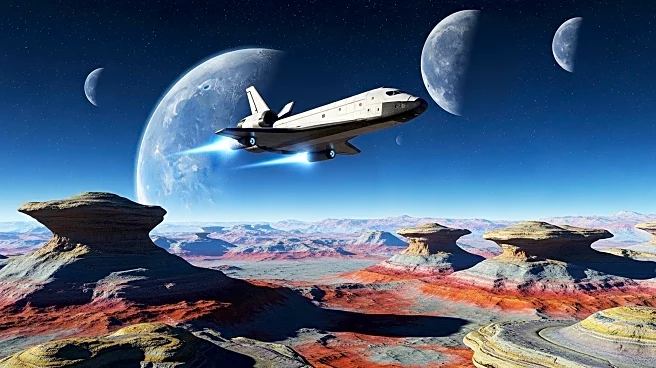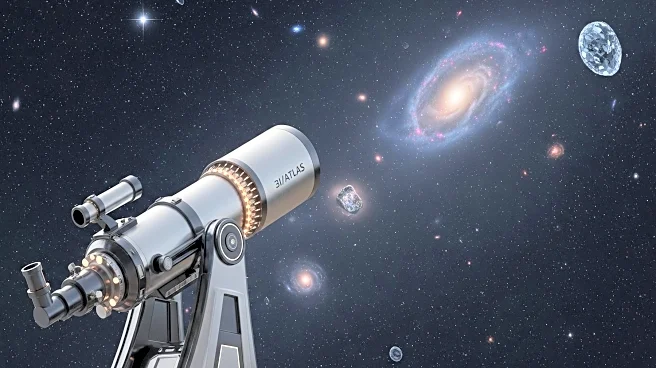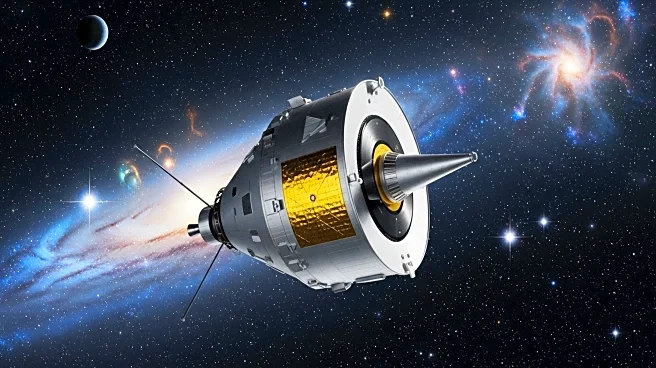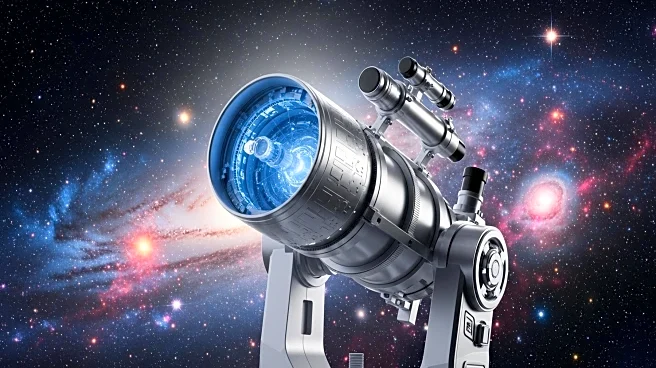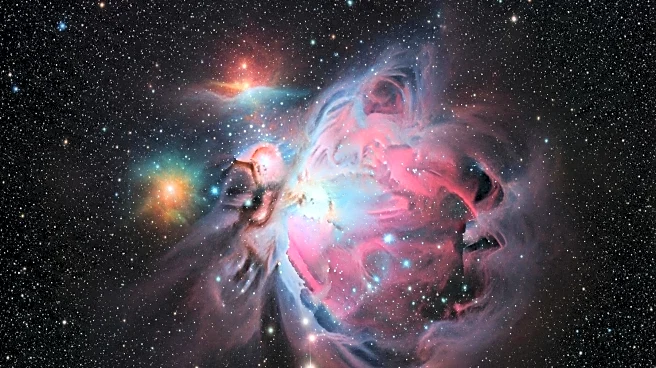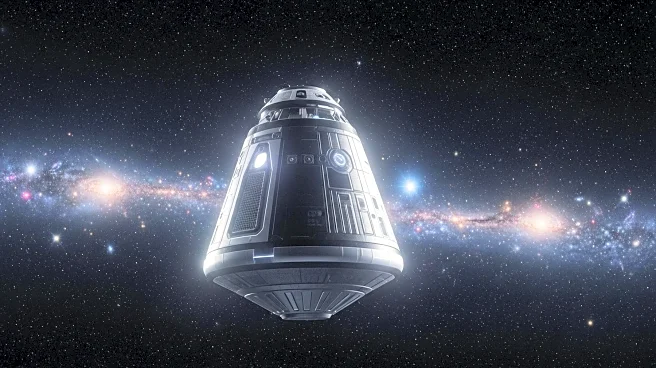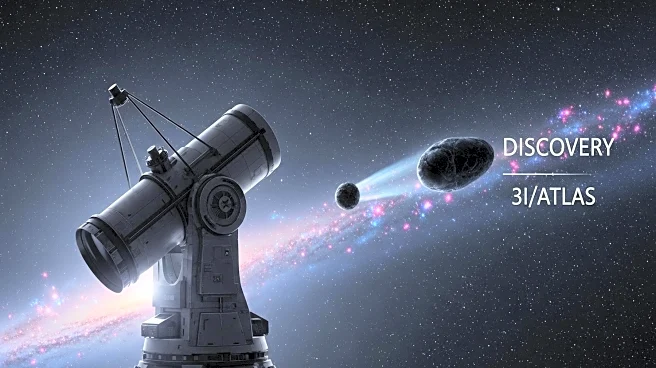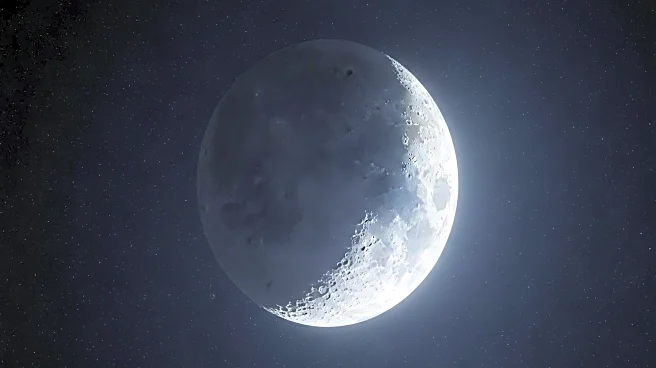What's Happening?
NASA has launched an innovative outreach campaign that reimagines exoplanets as potential tourist destinations. This initiative, known as the Exoplanet Travel Bureau, uses retro-style posters and virtual tours to engage the public with the concept of exoplanets, despite the lack of visually appealing imagery typically associated with these distant worlds. The campaign, which began in 2015, has gained significant attention for its creative approach to science communication. The project was led by visual strategist Joby Harris and involved collaboration between scientists and artists to overcome the challenges of depicting exoplanets, which are often inhospitable and visually unremarkable. The campaign draws inspiration from the nostalgic imagery of 1930s national park posters, aiming to evoke a sense of adventure and exploration.
Why It's Important?
This campaign is significant as it highlights the role of creative communication in making complex scientific concepts accessible and engaging to the public. By transforming exoplanets into imaginative tourist destinations, NASA not only raises awareness about exoplanetary science but also fosters public interest and support for space exploration. The collaboration between artists and scientists demonstrates the potential for interdisciplinary approaches to enhance scientific outreach and education. This initiative could inspire similar efforts in other scientific fields, promoting a broader understanding and appreciation of scientific research among the general public.
What's Next?
The success of the Exoplanet Travel Bureau campaign may lead to further collaborations between artists and scientists, potentially influencing the way scientific information is communicated in the future. As public interest in space exploration grows, NASA and other space agencies might expand their outreach efforts to include more interactive and creative projects. This could also encourage increased funding and support for exoplanet research, as the public becomes more invested in the exploration of these distant worlds.
Beyond the Headlines
The campaign raises interesting questions about the role of imagination in scientific research. By encouraging the public to envision exoplanets as real places, the initiative not only makes science more relatable but also challenges scientists to think creatively about their research. This imaginative approach could lead to new lines of inquiry and inspire innovative research methods. Additionally, the campaign underscores the importance of storytelling in science, demonstrating how narratives can be used to bridge the gap between complex scientific data and public understanding.
